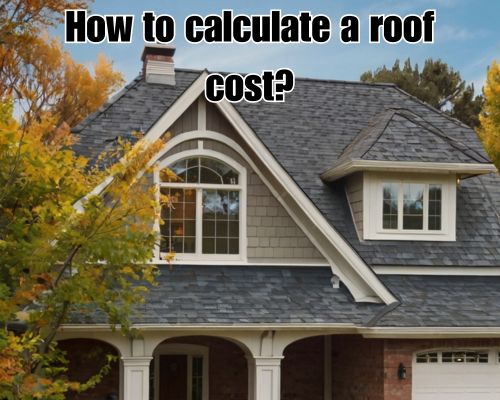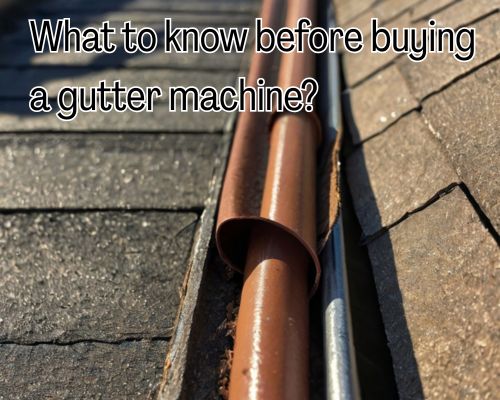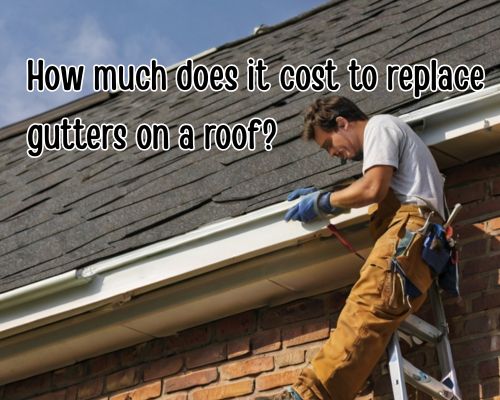For many homeowners in West Palm Beach, Florida, one of the most common renovation queries is, “How to calculate a roof cost?” Understanding the true cost of a roofing project is essential—not only for budgeting, but also for choosing the right materials, labor, and ensuring long-term value for your property. With Star Roofing, we’ll walk you through an insightful breakdown of roof cost estimation, local considerations, and pro tips tailored to Florida’s subtropical climate and roofing trends.

🌴 Why Roof Cost Calculation Matters in West Palm Beach, FL
West Palm Beach sits within a hurricane-prone zone, making roof durability not just a preference but a necessity. Factors like wind mitigation, UV exposure, and humidity resistance play significant roles in choosing roofing materials. Roofing in Florida is a different ballgame compared to other regions, and your estimate should account for that.
📊 Key Factors That Influence Roof Cost
Whether you live in Flamingo Park, Northwood Historic District, or by the scenic waterfront, several universal and local variables affect how roofing costs are calculated:
1. Roof Size (Square Footage)
The primary driver of cost is the roof’s total area, usually measured in “roofing squares.” One roofing square equals 100 square feet.
Formula:
📐 Total Square Footage ÷ 100 = Roofing Squares
A 2,000 square foot roof = 20 squares.
Expect material estimates and labor quotes to be based on this unit.
2. Roof Pitch and Complexity
Is your roof flat, low-slope, or steep? A steeper pitch (common in some Mediterranean-style homes in the area) increases installation difficulty and safety requirements—leading to higher labor costs.
Complexity includes valleys, skylights, chimneys, and dormers. The more details, the higher the labor time.
3. Roofing Material Type
Each material has a different price range. Here’s what’s common in West Palm Beach:
| Material | Average Cost per Sq Ft | Comments |
|---|---|---|
| Asphalt Shingles | $3 – $5 | Affordable, hurricane-rated variants available |
| Metal Roofing | $6 – $12 | Durable, energy-efficient, and popular for coastal homes |
| Clay or Concrete Tile | $10 – $20 | Common in Florida architecture, heavy but long-lasting |
| Flat Roof Membranes (TPO/EPDM) | $5 – $8 | For low-slope roofs, common in commercial or modern homes |
Remember, Florida Building Code (FBC) compliance may require uplift-resistant or impact-rated materials, especially for coastal zones.
4. Tear-Off vs Overlay
- Tear-off: Removing the old roof before installing a new one adds labor and disposal fees (~$1 – $2 per sq ft).
- Overlay: Adding new shingles over the existing roof can save money but may not be permitted depending on local code or structural limits.
5. Labor Costs in West Palm Beach, FL
Local labor rates are slightly above the national average due to demand and regulations. Expect rates between $2.50 – $4.50 per square foot, depending on roof type and contractor experience.
Hiring licensed roofing contractors especially Star Roofing ensures code compliance, warranty eligibility, and proper permitting.
6. Permit and Inspection Fees
In West Palm Beach, roofing projects require permits. The average permit fee is around $200 – $500, depending on roof size and scope. Inspection fees may also apply, especially for wind mitigation certifications, which can lead to home insurance discounts under Florida’s windstorm mitigation program.
🧮 Sample Roof Cost Calculation: 2,000 sq ft Roof in West Palm Beach
Let’s estimate the total for a standard asphalt shingle roof:
| Item | Cost Estimate |
|---|---|
| Tear-off (20 squares) | $2 x 2,000 = $4,000 |
| Asphalt shingles | $4 x 2,000 = $8,000 |
| Labor | $3 x 2,000 = $6,000 |
| Permit & disposal fees | $600 |
| Estimated Total | $18,600 |
👉 Note: Prices may vary based on contractor rates and exact material brand (e.g., GAF, Owens Corning, etc.).
🌪️ Don’t Forget Wind Mitigation
Due to hurricane exposure, many homes in West Palm Beach benefit from wind-resistant roofing upgrades, such as:
- Roof deck attachment enhancements
- Secondary water barriers
- Improved roof-to-wall connections
These may slightly increase upfront cost but yield savings on home insurance premiums and provide peace of mind during storm season.
🌞 Energy Efficiency and Tax Incentives
Cool roofs with reflective coatings or metal roofing with Energy Star ratings help reduce cooling loads—an attractive feature in West Palm’s tropical heat. Some options may qualify for federal or local energy efficiency rebates, so check with your contractor or the Florida PACE Program for financing support.
🧠 Pro Tips from Local Roofing Experts
✅ Get Multiple Estimates – Compare detailed quotes from at least 3 local roofing contractors in West Palm Beach. Look for licenses, insurance, and reviews.
✅ Factor In Warranty – Material warranties (20-50 years) and workmanship warranties differ. Invest in the best your budget allows.
✅ Schedule Smart – Avoid peak hurricane season for major installations (June–November). Spring and early fall are ideal.
✅ Check HOA Guidelines – If you live in communities like Ibis or Breakers West, design standards may dictate approved roofing styles.
📍 Local Roofing Services in West Palm Beach
Here are a few reputable names in the local roofing scene:
- KLR Roofing Corp. – Licensed and experienced with tile and shingle roofs.
- J&M Roofing – Offers detailed estimates and emergency repairs.
- Seal Tight Roofing Experts – Known for their hurricane-rated installations.
📞 Always verify licensing with the Palm Beach County Contractor Certification Division.
Final Thoughts: Calculating Roof Costs the Right Way
Understanding how to calculate a roof cost goes beyond just square footage. For homeowners in West Palm Beach, Florida, regional factors like weather, permit rules, and energy efficiency matter immensely. By factoring in local labor rates, material durability, building codes, and available incentives, you can make an informed decision—and ensure your roof is built to last, rain or shine.
Whether you’re upgrading to protect against hurricanes or refreshing for curb appeal, precise budgeting starts with the right knowledge—and now, you have it.








